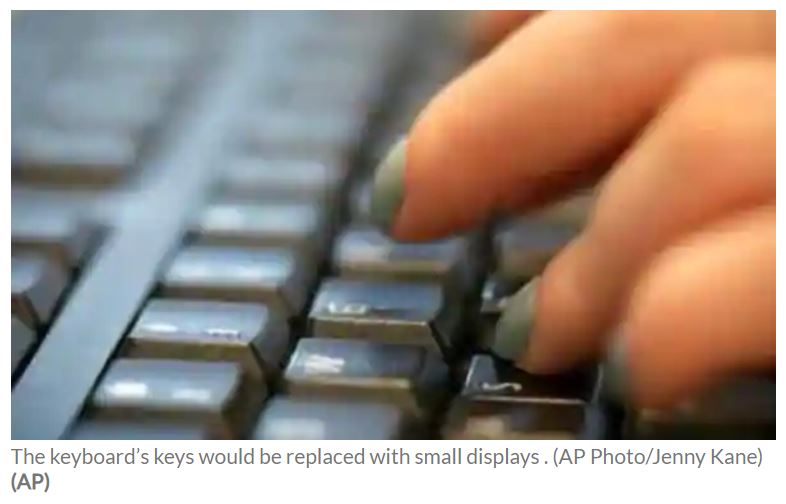- Intellectual Property Services
- +91-998-809-1807
- info@theipcrew.com
Apple’s new patent could change laptop keyboards forever

Nokia, Lenovo settle patent disputes
April 8, 2021
China proclaims 6G lead through its extensive patent portfolio
April 28, 2021Changing the keyboard could lead to a significant learning curve for users, something that’s difficult to justify on consumer electronics devices
Technology giant, Apple, has registered a new patent that removes keyboards from laptops. The new patent, granted on 30 March , describes a “configurable force-sensitive input structure for electronic devices”, which replaces the keyboard’s keys with small displays. This allows the keyboard to change based on user preferences, instead of having to follow the usual QWERTY configuration.
Essentially, Apple seems to be expanding the technology used in the touch bar it uses on current Macbooks. That’s the thin strip of OLED display that lies on top of the Macbook Pro keyboards right now. According to the patent, the new keyboard will still have “keys coupled to a housing” with a “movable key member” on each key and an “associated key display”. This suggests that Apple isn’t removing the tactile feedback from keyboards, but trying to make each key multifunctional.
“Each key movable key member may be formed from a fiber optic plate. The fiber optic plate may be formed from a coherent fiber bundle with opposing first and second surfaces. The first surface may be adjacent to the key display and may receive key label images from the key display. The second surface may face outwardly towards a user and may receive key press input from the fingers of a user while presenting key label images for viewing,” the patent says.
Of course, it’s unclear whether Apple will actually implement this technology on mainstream Macbooks. Changing the keyboard could lead to a significant learning curve for users, something that’s difficult to justify on consumer electronics devices. Current mechanical keyboards are built on years of research and science, and depend on muscle memory that we the users have formed over years.
On the other hand, technology like this could also solve some of the limitations that physical keyboards bring. For instance, Apple could incorporate emojis into the keyboard and come up with new functions and shortcuts.

